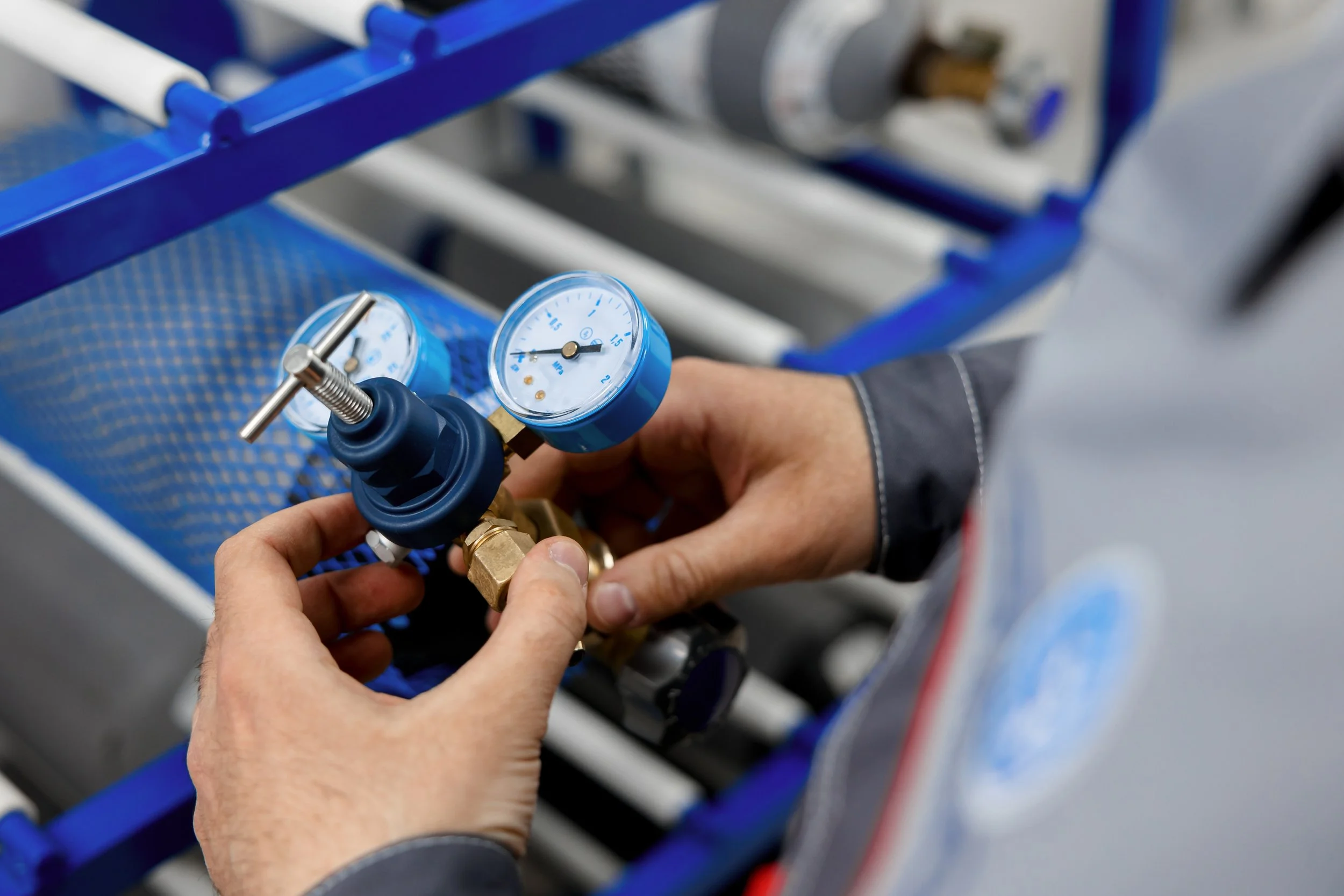What’s the Difference Between Calibration and Verification?
Calibration vs. Verification: Why it Matters for RF Accuracy
When engineers look for RF calibration services, they often assume they’re getting a full, OEM-level calibration. But many labs only provide a verification or operational check—a much shorter, less rigorous process. This creates hidden risk for RF users working with VNAs, spectrum analyzers, signal generators, and oscilloscopes.
What is Calibration?
Calibration is the process of comparing an instrument to a known reference, performing adjustments, and bringing the equipment back into compliance with the manufacturer's official specifications.
A true calibration includes:
Following the full OEM procedure (Keysight, Rohde & Schwarz, Anritsu, Tektronix, etc.)
Testing all performance parameters
Performing internal adjustments and alignments
Using traceable RF reference standards
Providing a complete certificate with uncertainties
Running post-adjustment verification tests
This restores the unit to factory performance.
What is Verification?
A verification (also called an operational check or performance check) simply confirms if the instrument appears to meet selected performance points. It does not follow the full OEM procedure, does not include adjustments, and tests only a few parameters. While cheaper and faster, verification leaves most RF accuracy risks hidden.
RF Equipment Examples
Vector Network Analyzers (VNAs)
Models: Keysight E5071C, PNA-L N5232B, Rohde & Schwarz ZNB
Calibration: full S-parameter accuracy, directivity, source match, receiver linearity, adjustments
Verification: quick S11/S21 sweep at one frequency
Spectrum Analyzers
Models: Keysight E4448A PSA, Rohde & Schwarz FSV, Anritsu MS2840A
Calibration: frequency alignment, amplitude accuracy, LO phase noise checks, internal adjustments
Verification: single-tone amplitude check
Signal Generators
Models: Keysight E8257D PSG, Anritsu MG3694C, Rohde & Schwarz SMA100A
Calibration: flatness alignment, modulation accuracy, amplitude linearity
Verification: one RF tone measured at one point
Oscilloscopes
Models: Tektronix 6-Series, Keysight MSOX, Rohde & Schwarz RTP
Calibration: gain, timebase, trigger, bandwidth, alignment routines
Verification: spot-check vertical accuracy
How to Tell if Your Vendor is Doing a True Calibration
Ask your vendor:
Do you follow OEM procedures and can you provide the procedure ID?
Do you perform adjustments when out of spec?
Do you provide uncertainties for every test?
Can I see the full list of test points?
Are you accredited to ISO/IEC 17025 for these parameters?
Why OEM-Level Calibration Protects Your Measurements
A full calibration:
Ensures RF accuracy
Reduces risk of false test results
Meets customer and regulatory requirements
Detects drift and aging before it impacts production
Prevents costly rework from bad measurements
Trust Tra-Cal for True RF Calibration
Tra-Cal performs full, OEM-based RF calibrations on:
VNAs up to 50 GHz
Spectrum analyzers up to 50 GHz
Signal generators up to 50 GHz
RF power meters and sensors
Oscilloscopes, attenuators, power analyzers, and more
Unlike labs that perform quick operational checks, Tra-Cal delivers accurate, traceable, OEM-level RF calibration with full uncertainties and adjustments.

